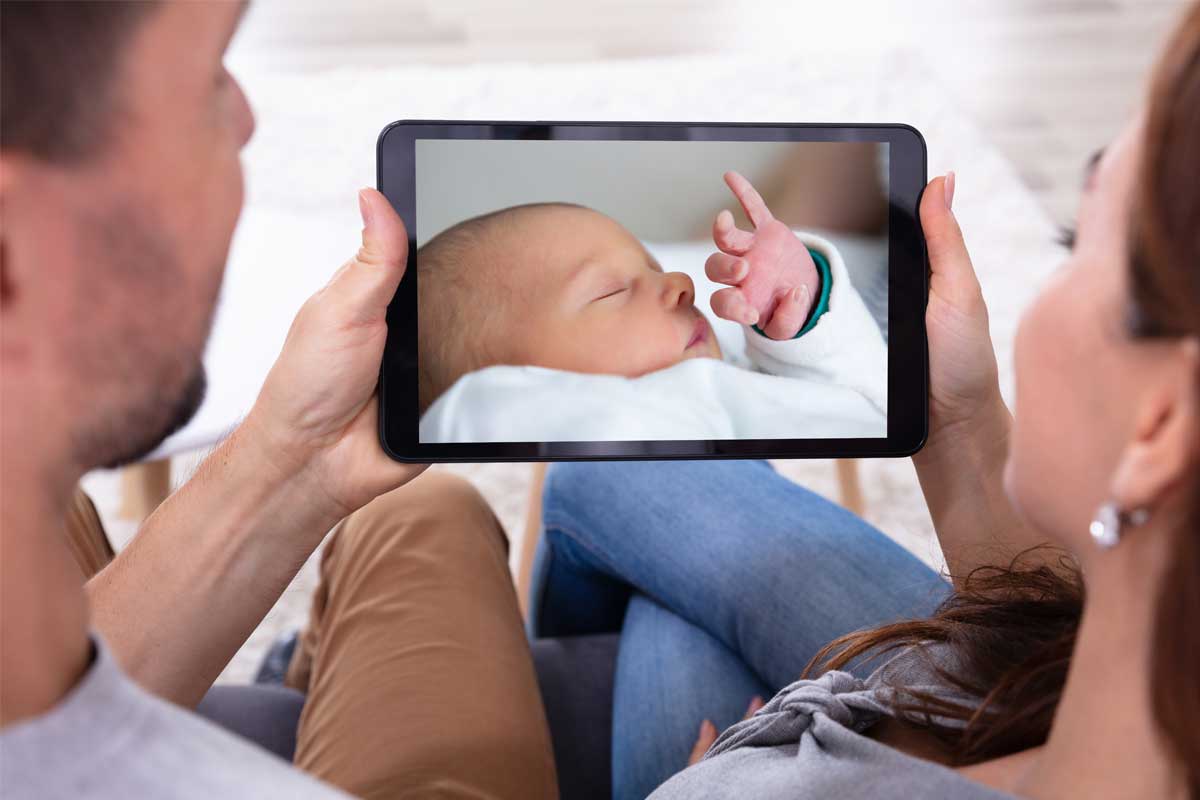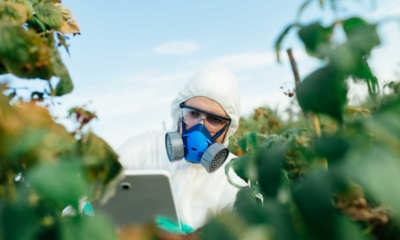
From trying their first foods to taking their first steps, the early developmental years are an exciting time of discovery for your little ones. With the help of artificial intelligence and the Internet of Things (IoT), there are many options to augment your childcare and ensure your children are safe and secure.
Let’s dive into how IoT devices and artificial intelligence (AI) can help you throughout the day with infants and toddlers.
Tracking Eating and Nutritional Intake
Breastfeeding can be challenging. Even pumps that were made to alleviate some of the headaches associated with breastfeeding can be cumbersome, so manufacturers are finding new ways for mothers to feed their children.
Elvie has developed a smart breast pump made from soft silicone that slips easily into bras1. The pump uses SmartRhythm technology to set timings and pressure depending on the user’s needs.
Users can connect the monitor to their smart devices to keep track of things like pumping history or set timers for the duration of a pump. Infrared sensors also measure the amount of breast milk in a bottle and automatically switch modes when they detect letdown or full bottles.
Adding IoT to feeding time doesn’t stop there, either. Smart bottles like nfant use biofeedback technology to capture real-time data on how much your child eats and optimize feeding routines2.
The smart bottle keeps track of feeding schedules, so if a nanny or grandparent feeds the baby, the baby’s parents will know when the last feeding occurred. The nfant app also tracks weight gain and growth, ensuring your child receives the nutrition they need.
Monitoring Vitals
Wearables with AI can enable you to remotely track your child’s vitals, such as sleep or temperature, and create alerts if anything seems abnormal.
These wearables act similar to your adult fitness trackers; battery-powered wearables deliver data on oxygen levels, heartbeat, and more via Bluetooth to an app so you can receive real-time information and alerts. These devices come in various shapes and applications.
Masimo, for instance, has the Stork vitals3, a baby monitoring system made up of a boot and hub. The boot is adjustable for comfort and goes on the baby’s left foot. It monitors things like body temperature, oxygen saturation, and heart rate. This data is then sent to the hub, where users can get insight into their baby’s help from their smart device.

Beat Bedtime
As they settle down for the evening, utilize your smart home devices to soothe your child to sleep. If they’re restless, use an app on your phone to play lullabies on a smart speaker, such as this one from Nanit4. Nanit enables users to turn on sound and set wake-up or wind-down routines with the light on the device.
As they rest, smart home devices, like cameras, can detect your baby’s movements or cries and immediately alert you, providing an extra set of eyes during the evening. With additional monitoring, you’ll also have peace of mind, meaning you all get a better night’s rest.
The New Frontier for Childcare
Wireless connectivity is providing brand new ways to track our children’s development. Just as AI and IoT have given us more control over our homes and insights into our bodies, the world of childcare is ready to be disrupted with exciting new ways to monitor, protect, and nurture our babies, ensuring they have the best start to their happy lives.
How Ambiq is Contributing
Remote patient monitoring devices and health sensors continue to grow, so it makes sense that different segments, such as childcare, will benefit from the accessibility and insights brought on by AI and IoT-connected devices.
The provided sense of relief these devices offer can further be enhanced with longer-lasting battery life using an embedded microprocessor like the one from Ambiq. Using a range of Ambiq’s popular System on Chips (SoCs), endpoint device manufacturers can expect the battery life of AI-enabled endpoint devices that can last days, weeks, or even months on a single charge. Explore more applications with Ambiq.
Sources
1 Smarter technology for women | Elvie Trainer and Elvie Pump | Elvie | 2024
2 nfant® Thrive | High-tech baby feeding solutions | 2024
3 Masimo Stork – A Revolutionary Baby Monitor | 2024
4 Nanit Pro Smart Baby Monitor | Tracks Sleep and Breathing | 2024
Charlene Wan


